Quito International Airport
-
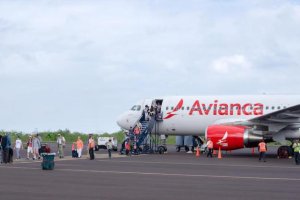 Avianca Moves To Add More Ecuador-U.S. Routes
Avianca Moves To Add More Ecuador-U.S. Routes
Posted
Avianca wants to operate a nonstop route linking Quito’s Mariscal Sucre International Airport with Orlando International Airport during winter...
-
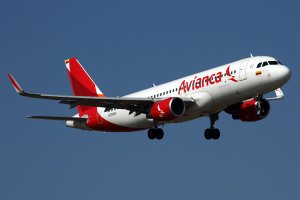 Avianca Adds Honduras Service, Plans Ecuador Routes
Avianca Adds Honduras Service, Plans Ecuador Routes
Posted
Colombia and Honduras will be linked by nonstop flights from March.
-
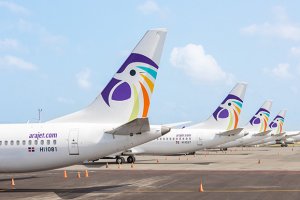 Startup Arajet Seeks To Create Santo Domingo Hub
Startup Arajet Seeks To Create Santo Domingo Hub
Posted
CEO Victor Pacheco believes there is huge potential for a low-cost hub-and-spoke operator in the Caribbean—especially if governments reduce taxes...
-
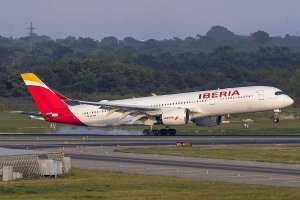 Iberia Plans Pre-Pandemic Flying Levels For Winter
Iberia Plans Pre-Pandemic Flying Levels For Winter
Posted
Full restoration of its 2019 network is within sight.
-
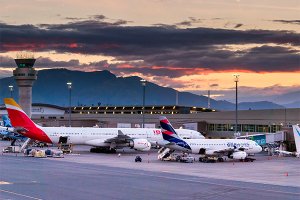 Routes Revisited: Opening Up
Routes Revisited: Opening Up
Posted
Progressive aviation policies herald a bright future for the Routes Americas 2018 host.
-
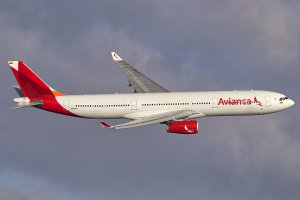 Avianca To Launch Seven New Routes, Plans London Return
Avianca To Launch Seven New Routes, Plans London Return
Posted
The network additions mean Colombia’s flag-carrier is almost halfway towards reaching its goal of launching 50 new routes in three years.
-
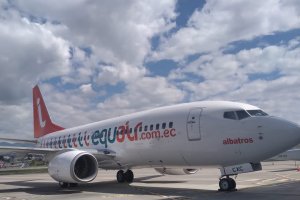 Ecuador’s EquAir Launches Commercial Operations
Ecuador’s EquAir Launches Commercial Operations
Posted
The startup’s initial network will comprise four domestic destinations, including Ecuador’s capital Quito.
-
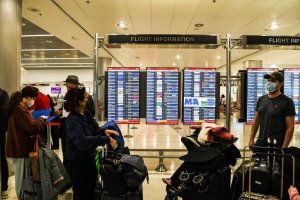 Routes In Brief: Rolling Daily Updates (W/C Jan. 3)
Routes In Brief: Rolling Daily Updates (W/C Jan. 3)
Posted
Routes details the latest new route announcements, as well as the services returning to carriers’ networks.
-
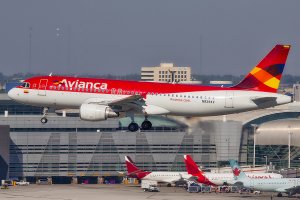 Avianca To Add Ecuador Routes To Peru, US
Avianca To Add Ecuador Routes To Peru, US
Posted
The carrier will launch new international routes from Guayaquil, Ecuador in December and January.
-
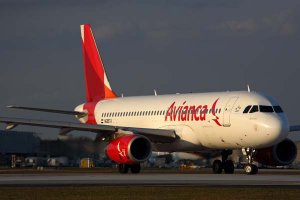 Avianca to launch five new US routes
Avianca to launch five new US routes
Posted
The Star Alliance member plans to increase Latin American-US connectivity from December.
-
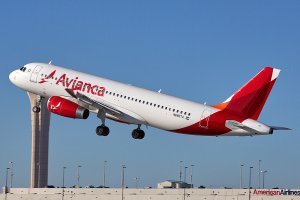 Avianca plans international expansion from five countries
Avianca plans international expansion from five countries
Posted
Twenty-three new routes are planned as Star Alliance member continues to restructure its operations.
-
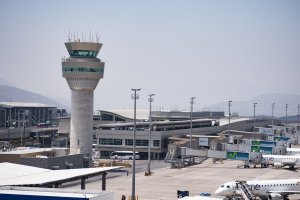 Interview: Ecuatoriana Airlines CEO Eduardo Delgado
Interview: Ecuatoriana Airlines CEO Eduardo Delgado
Posted
Ecuatoriana Airlines is a startup that plans to revive the name of Ecuador’s former flag-carrier, which folded permanently 15 years ago.
-
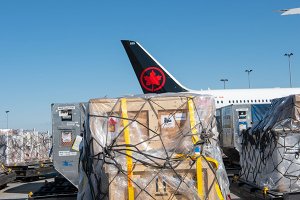 Air Canada to launch slew of Boeing 767 freighter routes
Air Canada to launch slew of Boeing 767 freighter routes
Posted
The airline is converting 767 passenger aircraft into freighters for new all-cargo service.
-
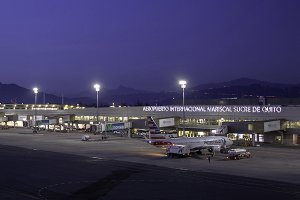 Quito makes ‘gradual but steady’ recovery
Quito makes ‘gradual but steady’ recovery
Posted
Operations are normalizing at Ecuador's primary international gateway.
-
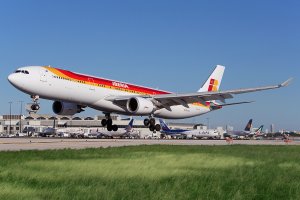 Iberia restores Latin America network
Iberia restores Latin America network
Posted
The Spanish carrier plans to operate flights to 18 Latin America destinations in 16 countries from July.
-
 Ecuadorian startup targets October launch
Ecuadorian startup targets October launch
Posted
Ecuatoriana Airlines’ maiden route will connect Ecuador’s capital Quito with Guayaquil.
-
 American targets strong recovery
American targets strong recovery
Posted
Airline looks to match pent-up demand.
-
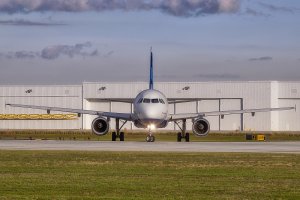 JetBlue hits back at 'baseless' Spirit and Eastern claims
JetBlue hits back at 'baseless' Spirit and Eastern claims
Posted
The angry response follows accusations that the US carrier is cooperating with American Airlines on routes “outside the scope” permitted by their...
-
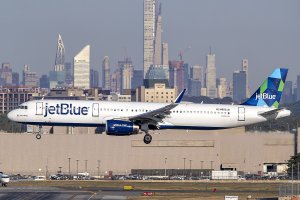 Spirit opposes JetBlue’s US-Ecuador route changes
Spirit opposes JetBlue’s US-Ecuador route changes
Posted
Spirit believes that JetBlue Airways and American Airlines could be cooperating on routes beyond what is allowed under the Northeast Alliance.
-
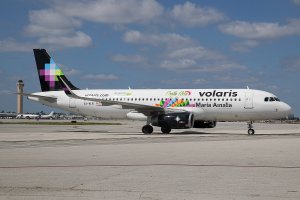 Four airlines seek to enter Colombian market
Four airlines seek to enter Colombian market
Posted
The country’s aviation authority is considering route proposals from Volaris and Viva Aerobus among others.
